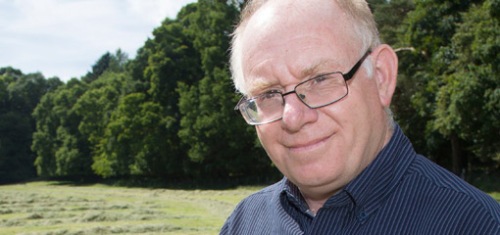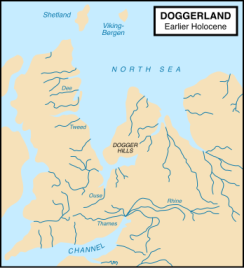
After the BBC’s making of the series The White Queen there is no doubt the story of the Tudors’ rise to power is very topical. Attending a lecture on the Battle of Bosworth by Chris Skidmore, MP of Kingswood, enlightened me as to the true story of Henry Tudor and the recent deductions from the finding of Richard III’s skeleton earlier this year. Treachery, intrigue and betrayal were certainly the themes of the 15th century.
On the morning of 22nd August 1485, the army of Henry Tudor and of King Richard III met at Redemore, later known as Bosworth. With some luck and against the odds, Henry Tudor managed to defeat the three times larger army of Richard III. Henry Tudor, a 28-year-old Welshman who had just arrived back on British soil after 14 years in exile in Brittany, won the crown of England.
Chris painted us a brief picture of the history of the story of the rise of the Tudors. I would suggest reading his book for the full details. However, crucially he suggests the turning point for the reign of Richard III was with the ‘disappearance’ of the two Princes, sons of his dead brother Edward IV and his wife Elizabeth Woodville. Richard had certainly suffered huge loss, losing his wife and son within one year. It seems, on the scandal of the two boys’ possible death, Richard lost the hearts of many noblemen who defected to Henry Tudor in Brittany.
So what was Henry’s claim to the throne at the time? He was the son of Lady Margaret Beaufort and Edmund Tudor, the bastard brother of the then King. Henry’s main claim to the English throne derived from his mother through the House of Beaufort. Henry’s claim was somewhat tenuous: it was from a woman, and by illegitimate descent.
Part of the Wars of the Roses between the Houses of Lancaster (Henry) and York (Richard), the Battle of Bosworth was the accumulation of this bloody fight over the throne. Chris described a fascinating picture of the battle, explaining the misconceptions in location, the marshy area which forced changes in the battle which resulted in Henry’s win and the level of technological development for the era. For example, the many canons found at the site portray a King well prepared for battle. From the evidence Chris provided, it seemed Richard was rather sure of his win, and due to his army being three times the size of Henry’s, he truly had no reason to doubt this.
It was made clear to us that when the battle is going wrong the King should retreat to fight another day. However when John de Vere, 13th Earl of Oxford crushed Richard’s vanguard, Richard charged towards Henry’s standard with the crown on his head. History tells that the standard bearer was knocked down and killed, which normally would mean the end for Henry, however this was not the case and when William Stanley, a defector from Richard who had already let Henry pass through Wales undeterred, fought for Henry, the battle was lost for Richard.
It is interesting that William did not get any prize for joining the fight at this time, as he possibly won it for Henry. One explanation is the way Richard was killed, not as a King should be, but as a sort of execution and bound-up and carried like a pig through the battlefield. The skull shows a slice of skull cleanly shaved from Richard’s head, probably the blow that ultimately killed him.
Chris’s interpretation of the evidence and recent archives was fascinating. I cannot do justice to that here. Suffice to say it inspired me to buy his book to find out more! The battle was won by Henry, through the power of other nobles and possibly could not have been won hadn’t it been for the death of the two boy’s in the Tower. To find out the true story, and not the slightly over-dramatized one from The White Queen, would benefit any curious history lover.
by Holly Abel
@HollyAbel3



You must be logged in to post a comment.